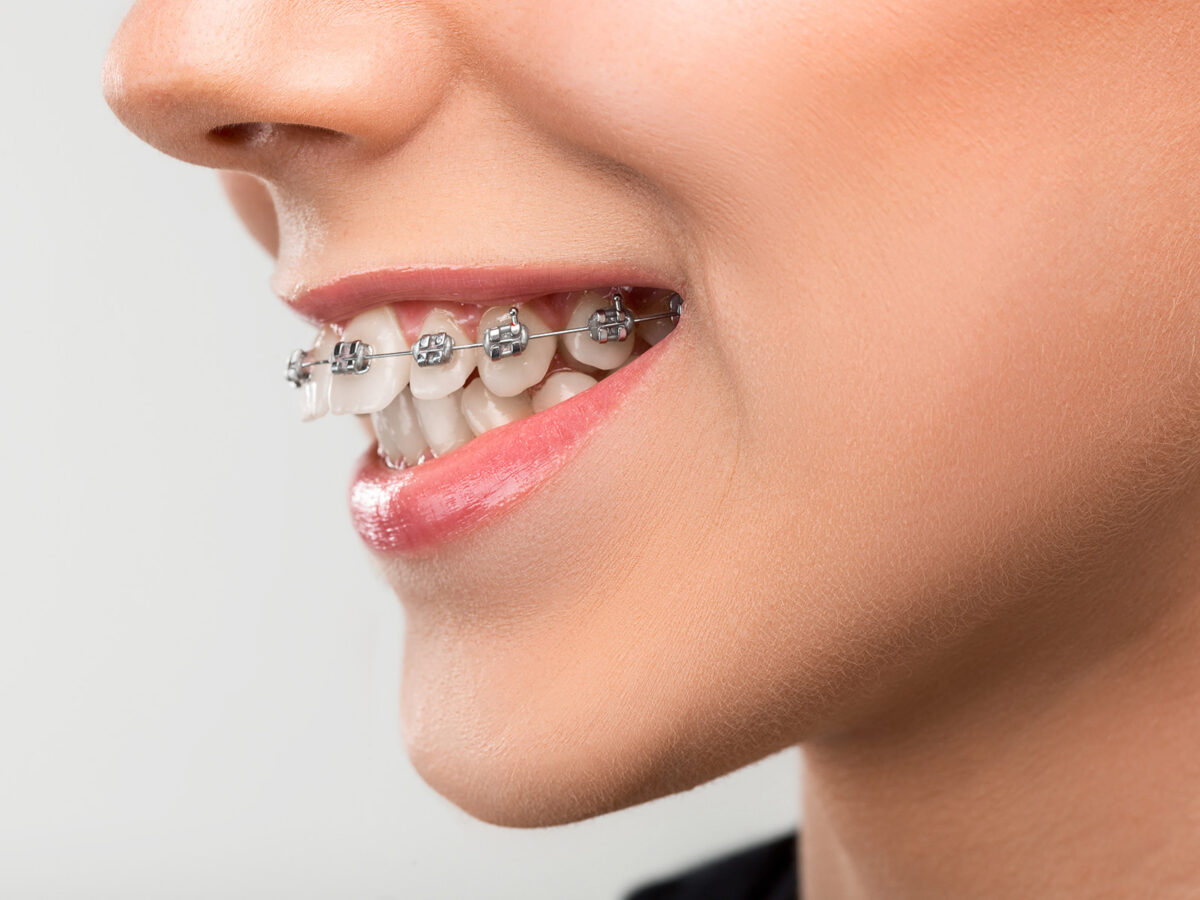Blog
Dental hygiene tips for healthy teeth & gums

What Is The Best Age To Begin Orthodontic Treatment?
A bright grin is often regarded as a symbol of self-assurance and confidence. However, not everyone is born with perfectly aligned teeth. Fortunately, orthodontic therapy can help address various tooth disorders and create that desirable smile. A frequently asked question in this context is, “What is the best age to begin orthodontic treatment?”
This question doesn’t have a one-size-fits-all answer because it depends on various factors, including the individual’s dental condition, growth stage, and treatment goals. This comprehensive guide will delve into the nuances of orthodontic treatment timing, analyzing the benefits and considerations associated with different age groups, from child braces and teenagers to adults.
When Should Orthodontic Treatment Begin?
Child Braces And Orthodontic Treatment (Ages 7-11):
Early pediatric orthodontic therapy, also known as interceptive orthodontics, is typically initiated between the ages of seven and eleven. At this age, a child’s jaw is still growing, allowing orthodontists to influence the development of their dental and facial features. Here are some crucial factors to consider:
1. Addressing Emerging Issues:
One of the primary benefits of early orthodontic therapy is the ability to diagnose and tackle emerging dental abnormalities before they escalate. Crowding, biting misalignment, and thumb-sucking tendencies are all prevalent issues that can often be addressed more effectively during this phase.
2. Reduced Treatment Time:
Early intervention can result in shorter overall treatment durations. By addressing issues as they emerge, orthodontists can prevent them from worsening, potentially reducing the need for more intensive treatment later in life.
3. Psychological Benefits:
Early pediatric orthodontic treatments, such as child braces, can also offer psychological advantages. Children with orthodontic challenges, like severely misaligned teeth, often suffer from low self-esteem. Addressing these problems at a young age can enhance a child’s self-confidence and overall well-being.
However, it’s essential to note that not all children require orthodontic treatments like child braces. Each case is evaluated individually, and treatment is only recommended when necessary.
Orthodontic Treatment for Adolescents (Ages 12-18):
The adolescent phase, spanning from 12 to 18 years, is the most common period for orthodontic treatments. By this age, most permanent teeth have erupted, making it an opportune time to rectify alignment issues. Here are some considerations for orthodontic treatment during adolescence:
1. Optimal Growth Stage:
Adolescence is characterized by significant growth spurts, especially in the jaw and facial features. This stage is ideal for orthodontic interventions, as orthodontists can leverage natural growth to achieve optimal results.
2. Peer Influence:
Adolescence is also a period when peer influence is potent. Many teenagers seek orthodontic treatments to fit in with peers undergoing similar procedures. This shared experience can foster a sense of community support and help dispel any associated stigmas.
3. Adherence:
Teenagers are generally more responsible and can better adhere to their orthodontist’s treatment plan. They are often better equipped to manage their oral care routines, crucial for successful orthodontic treatments.
Adult Orthodontic Care (Ages 18 and Up):
Contrary to popular belief, orthodontic treatments aren’t exclusive to children and teenagers. A growing number of adults are seeking orthodontic treatments to enhance their oral health and aesthetics. Here are some factors to consider when contemplating adult orthodontic treatment:
1. Aesthetic Value:
Many adults pursue orthodontic treatments to address cosmetic concerns like crooked teeth, gaps, or misalignments. An appealing smile can boost confidence and enhance one’s overall appearance.
2. Oral Health Benefits:
Adult orthodontic treatments can also offer significant dental health advantages. Properly aligned teeth are easier to clean, reducing the risk of gum disease, cavities, and other dental issues. This is especially vital as individuals age and become more susceptible to dental problems.
3. Technological Advancements:
Adults can choose from a variety of discreet and efficient orthodontic treatment options, including clear aligners and lingual braces. These innovations make orthodontic treatments more attractive to those previously deterred by aesthetic concerns.
However, adult orthodontic treatments aren’t suitable for everyone. Orthodontists will evaluate factors like dental health, bone density, and treatment objectives before recommending a course of action.
Conclusion:
The ideal age to commence orthodontic treatment varies and is influenced by factors like the individual’s dental health, growth phase, and treatment objectives. Early orthodontic treatments for children can address developmental issues, potentially reducing the need for more intensive treatments later.
Adolescent orthodontic treatments leverage growth spurts and peer influence to achieve desired outcomes. Thanks to contemporary, discreet treatment methods, adult orthodontic treatments are a viable option for those aiming to enhance their aesthetics and dental health.
Ultimately, the best time to start orthodontic treatment aligns with the individual’s unique needs and circumstances. It’s crucial to consult a qualified orthodontist to assess these factors and devise a tailored treatment plan. Regardless of age, orthodontic treatments can yield a healthier, more confident smile that endures.


